What Gear Does a New Rider Need?

There is more to riding gear than you might guess
Hey! Interested in opening a big can of worms? Just ask a group of riders what kind of gear they wear, and then for good measure, what kind of gear they would or should wear if they were going to “do it right.” It’s likely that the responses will have some commonalities – and some differences too. We’re here to say that this is normal because riders are individuals; they evaluate comfort and risk uniquely, and they all draw from their own unique experiences in making their judgments.
But largely, as a motorcyclist you’ll probably want to choose riding gear based on some combination of these three factors: 1) Comfort, such as when it’s cold outside and you want to stay warm on the bike; 2) Style, because looking good counts; and 3) Safety, to protect you while you’re riding (e.g., protecting your eyes and face from road grit) or in the event of a crash (e.g., scrapes, bruises, broken bones, or worse).
Let’s review some common gear choices.
Motorcycle.com thanks Yamaha for sponsoring this new rider series.
Helmets
Open-face or full-face, that is the question. When it comes to street riding, plenty of tourers, hipsters, cruisers, and vintage riders opt for open-face helmets. Some good reasons exist for this: ease of putting on and removing (or, if you prefer, “donning” and “doffing”); maximum field of view; and heightened sensory experiences (wind in your face, bugs in your teeth, you name it!). Downsides can include sunburn, windburn, cold, getting hammered with bugs, grit, and rain, and, sorry to report, potential facial injury in a crash. That’s why many riders simply eschewed open-face helmets when full-face lids came into vogue in the late 1960s to early 1970s.
If you ride dirt, you're standard current-gen off-road helmet and goggles combo is absolutely the way to go, because dirt is gonna dirt, which means sooner or later, you’ll be hitting it or eating it, sometimes in a most unexpected or undignified manner. Or if you follow another dirt bike, you may be wearing it, thanks to roost thrown off the back tire. Forewarned is prepared.
This leaves the 800-lb. gorilla in the lineup, full-face helmets for street riders. Dozens of choices exist, from bargain-basement (think $100) to premium (think $1,000+). (More standards exist as well, notably including Snell.) At the very least, look for a DOT label that signifies the helmet conforms to U.S. federal regs. A variation of the customary full-face is the modular helmet, which features an articulated chin-bar that swings up for fresh air, eating, or conversation when you’re taking a break off the bike. These retain the comfort and features (quietness, flip-up shield) of some full-face helmets, with greater versatility and a feeling of “openness” as desired when appropriate.
Tech advancements have spurred the inclusion of intercoms, speakers and mics, infotainment functions, photochromic shields, and even automatic noise cancellation systems. Importantly, note that some helmet models fit certain head “shapes” best, so keep shopping until you’re happy with the product. We also believe that hearing protection is key; there’s no known industry standard for it, so try different kinds of earplugs to see what works for you.
Warning: Technological detour here. Certain helmets use a technology that separates the traditional inner liner into two separate components. One snugly fits your head; the other, larger liner is mounted in a way that allows the shell’s outer liner and shell to incrementally rotate around the head in the event of a common glancing blow. The aim is to usefully attenuate rotational forces that can act on the brain in a crash, helping prevent injury. The technology has various trade names, depending on manufacturer, but thankfully it is available for both dirt and street.
Boots
We shudder at seeing scooter owners or casual throttle jocks riding in flip flops or low cut sneakers. In any significant impact or fall, this footwear may be all but worthless to protect their precious feet. It’s true that the most heroic racers used to wear work boots into battle, but technology has leapfrogged ahead, and you can do monumentally better today. Numerous apparel companies make dedicated riding boots – men’s and ladies’ versions alike – that are stylish, comfortable to walk in, and protective in an accident.
Among other features, look for a robust toe box and toe cap to protect your vulnerable little piggies (metatarsals, to get all technical about it), ankle protection, and adequate above-the-ankle (“upper shaft”) protection. Money usually buys quality, so visit multiple stores and try on various brands and styles. Fit and protection are both key – you’ll dislike wearing uncomfortable boots, and what you don’t wear cannot protect you.
For dirt riders: Splurge for proper dirt boots! On the street, boulders and logs, ruts, and ravines are nonexistent, but they’re ever-present in the off-road realm; this means that even if you never fall, you can still clobber your feet hard. Furthermore, using legs and feet to help steer and stabilize the bike are common practices off-road, whereas the same is not true on the pavement.
Jackets and More
Since jackets are likely fashion statements more than any other type of riding gear (helmets, gloves, pants, etc.), there are probably even more jacket choices available. That’s fine – but it also means that companies may offer riding-style jackets that focus more on style and less on protective features. As such, when shopping for a riding jacket, consider buying from a dedicated motorcycle apparel company. They’re easy to find.
That said, what do you need in a riding jacket? For our money, it’s impact protection, abrasion protection, weather and thermal protection, visibility – and naturally, style. Leather and textiles alone provide minimal impact protection, which is why armor (impact-absorbing devices) has been integrated into the jackets’ shoulder, elbow, and back areas.
On this important note, among the latest premium jacket advancements are airbags, which deploy inside or outside the garment when a fall or crash is detected. Similar in concept to the airbags used in cars, a system of sensors, computer algorithms, and a lightning-fast microprocessor cooperate to deploy the airbag with compressed gas in milliseconds. In doing so, it protects the body’s vulnerable torso and collarbones in a crash. Road racers have been wearing them for years, and now they are broadly available for street riders too. Airbag vests are even available that ride under an everyday, roomy jacket. Or going full-boogie, full racing leathers can incorporate airbags, armor, and other features and are appropriate for street or track use.
Finally, let’s not forget jeans, the biker’s go-to garment since The Wild One premiered – they’re hardly the choice for hardcore dirt riders these days, but jeans made of heavy, ballistic-grade materials with integrated knee and hip armor, are a good choice for street or commuting riders. Naturally then, dirt riders get their own blend of gear, including wearable armor, abrasion-proof jerseys and the like. Tough, breathable pants, articulated knee braces, MX boots, goggles, and neck braces further protect off-road pilots. And the higher they fly, the more they need it.
Become a Motorcycle.com insider. Get the latest motorcycle news first by subscribing to our newsletter here.

John L. Stein brings 30 years of both automotive and motorcycle experience, having written for AutoWeek, Car and Driver, Motor Trend, Sports Car International, Chevy Outdoors, Truck Trend, Cycle World, Motorcyclist, Adventure Travel, and Men’s Journal, just to name a few. His articles have been published in the US, England, Japan, Australia and France. His technical knowledge combined with his ability to understand and effectively communicate what a motorcycle is doing underneath him is an invaluable resource to the Motorcycle.com team.
More by John L. Stein



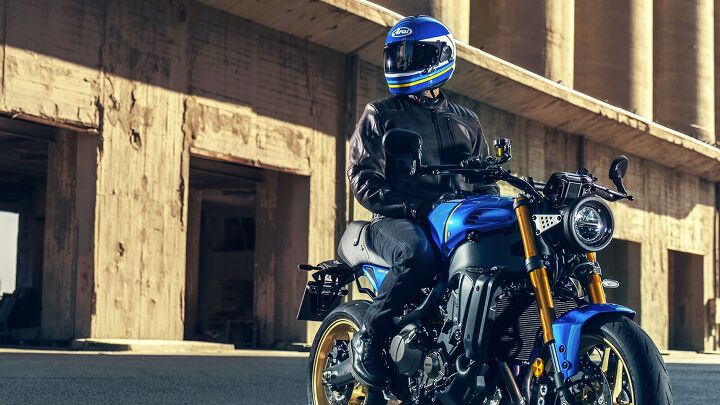








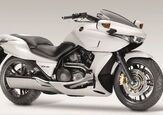
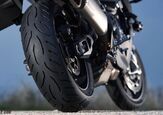
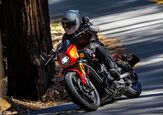
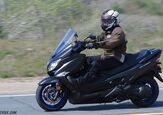
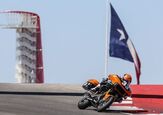
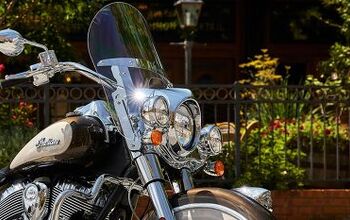

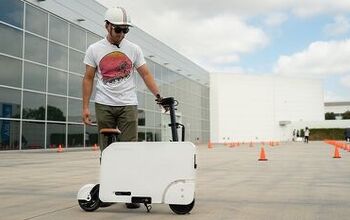
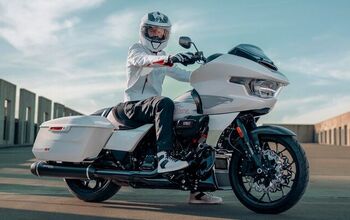
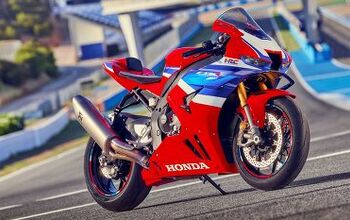
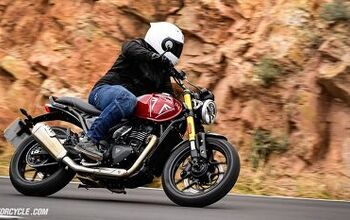
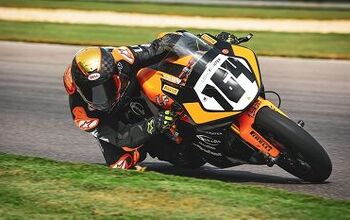
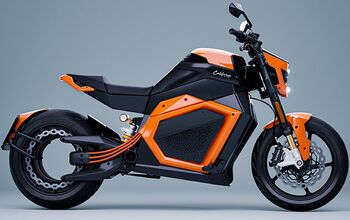
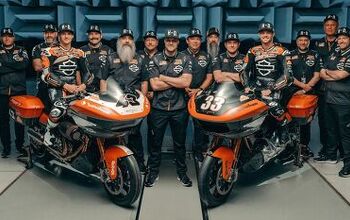
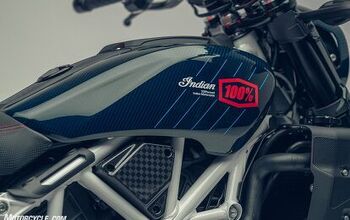
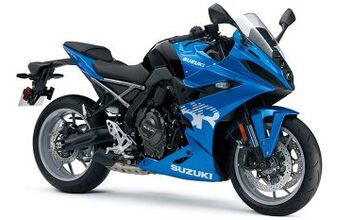
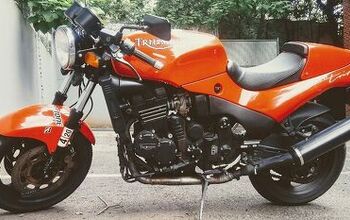
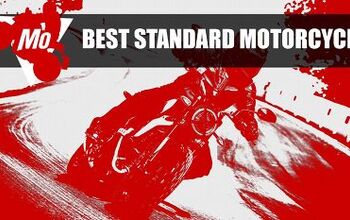
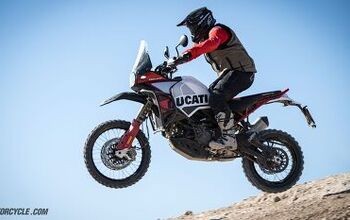
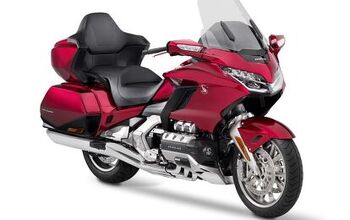
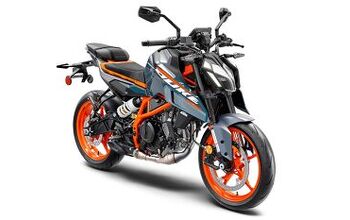
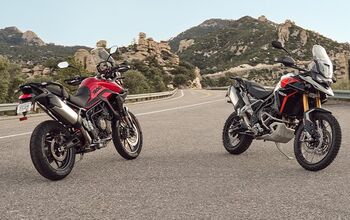
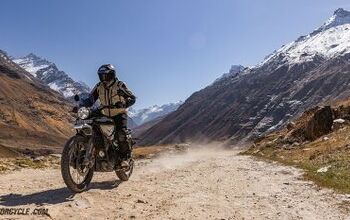
Comments
Join the conversation
DRESS FOR THE SLIDE, NOT THE RIDE. You never know when something will happen, regardless of training or experience level. ATTGATT is the only way to ride. Personally I don't pay attention to being "in style", but I don't ride to "social events" other than bike get-togethers. Avoid bargain basement, but premium is not required. Full face helmets only. Armored gloves, boots, jacket, pants or undergarments. Mesh type jackets are actually cooler than a t-shirt when moving. If its too hot for gear, its too hot to ride.
Well I am not about to wear motocross boots (if you are talking about real protection) all day even when walking around town (too hot) when on a six week tour. And space on a motorcycle is limited for an extra pair of walking shoes. And regular riding boots aka touring boots don't give you much protection, because the uppers are nothing but leather. Been using serious hiking boots for 27+ years.